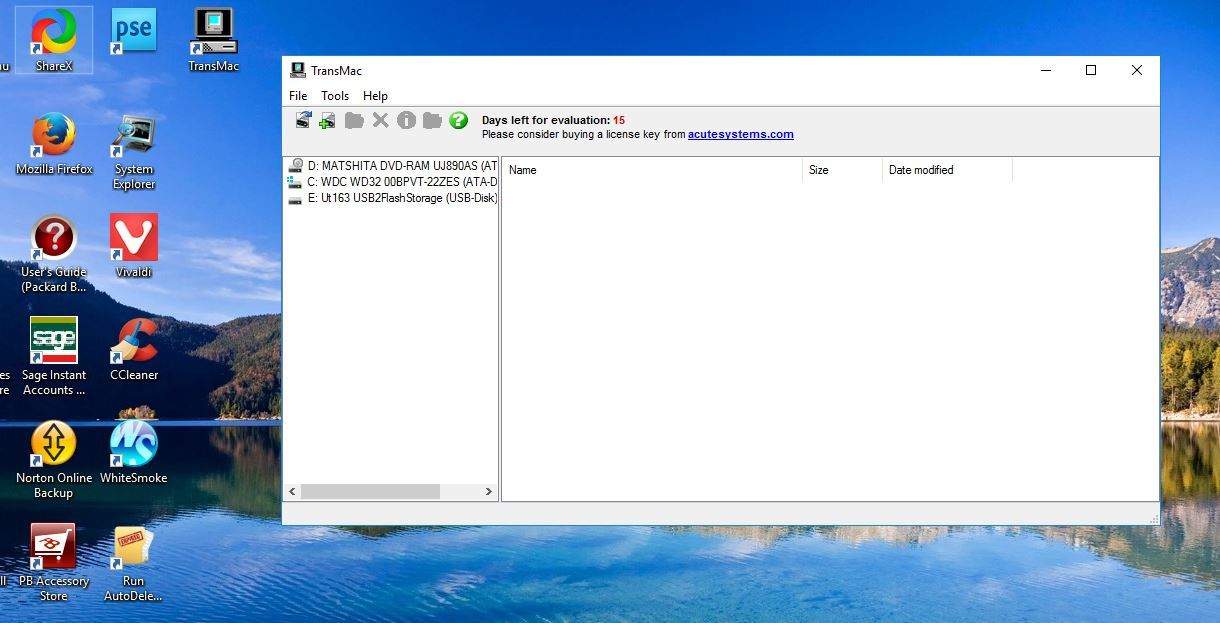

- #CREATE A BOOTABLE USB WINDOWS 10 MAC INSTALL#
- #CREATE A BOOTABLE USB WINDOWS 10 MAC DRIVERS#
- #CREATE A BOOTABLE USB WINDOWS 10 MAC DRIVER#
- #CREATE A BOOTABLE USB WINDOWS 10 MAC FOR WINDOWS 10#
- #CREATE A BOOTABLE USB WINDOWS 10 MAC SOFTWARE#
#CREATE A BOOTABLE USB WINDOWS 10 MAC DRIVERS#
The $WinPEDriver$ folder is important because it contains the drivers for Windows to boot successfully from the USB flash drive and the hardware on that Mac. Once the flash drive has been created, it should look like this: On the USB flash drive, open the $WinPEDriver$ and remove the IntelMEI folder.

#CREATE A BOOTABLE USB WINDOWS 10 MAC INSTALL#
To install Windows, make sure that the drivers are valid, and restart the installation” message.
#CREATE A BOOTABLE USB WINDOWS 10 MAC DRIVER#
#CREATE A BOOTABLE USB WINDOWS 10 MAC SOFTWARE#

Save the Windows Support Software to your desktop or other location. Open Boot Camp Assistant in the Utilities folder and download the current Windows Support Software from the “Action” dropdown in the menu bar. Quit Disk Utility after this operation completes.
#CREATE A BOOTABLE USB WINDOWS 10 MAC FOR WINDOWS 10#
Let’s look at the overall process of creating a USB installer for Windows 10 on your Mac. And if you’re already a pro, it puts several other ISO tools at your disposal, as we’ll see later on. Even if you have absolutely zero experience creating a bootable Windows 10 USB installer in macOS, all it takes is a couple of clicks to get you there. The one major reason this software comes highly recommended, even by professionals, is that it is extremely simple to use. The Easier Way to Create Bootable Windows 10 USB on Mac: UUByte ISO Editor That’s what the next section talks about.

If you want to avoid going through all that trouble just to create a Windows 10 USB installer on Mac, the best alternative is to use a third-party application that does all the heavy lifting for you. Even worse, you may end up breaking your Mac if you run a wrong command because you’ll be doing all of this in administrator mode. What you’ll end up doing is reading dozens of forum posts trying to find the exact solution to the problem you’re facing… and there’s no guarantee it will work. Unless you have some experience using command-line tools, this is going to be a painstaking process where anything could go wrong and there’s no customer support to bail you out. However, that involves using Homebrew on your Mac. This is the reason why we have to cut install.wim into small pieces that is less than 4GB in order to sit on a FAT32 partition.įor that, you need an open-source utility like wimlib. Tips: NTFS is not supported by Mac natively so you can not write files to a NTFS partition on Mac.


 0 kommentar(er)
0 kommentar(er)
